Fitbit Inspire 3 vs. Xiaomi Mi Band 7
The battle of the affordable, entry-level trackers.
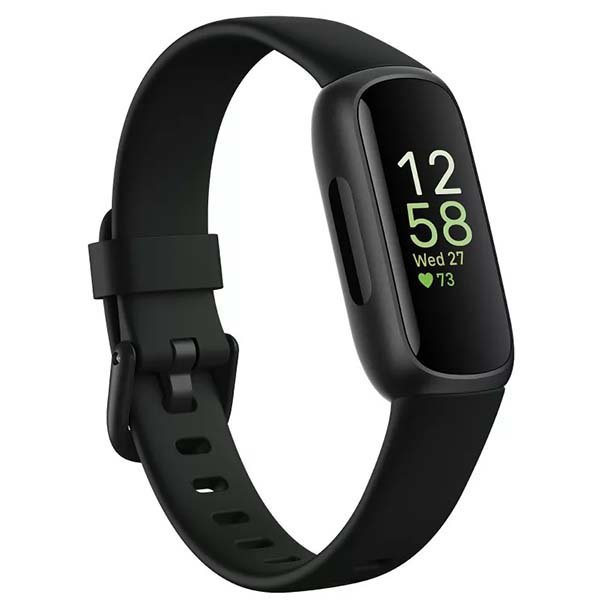
A solid entry-level tracker
Fitbit offers a wide range of fitness trackers, including affordable, entry-level options like the new Fitbit Inspire 3. The Xiaomi Mi Band 7 might entice with its incredibly low price, and it’s a solid option worth considering. But you’ll be happier, in the long run, spending a bit extra on the Fitbit Inspire 3.
Pros
- Color screen with ambient light sensor
- Slim design
- Trusted, reliable brand
Cons
- More expensive
- Limited number of workouts to choose from
- Requires Fitbit Premium subscription to get the most out of it

A worthy contender
For those on a really tight budget, when it comes to entry-level fitness trackers without any hidden fees, the Xiaomi Mi Band 7 can’t be beaten. What’s more, it’s a solid option worth considering if you don’t need or want to be in a specific ecosystem like Fitbit to enjoy things like challenges with friends.
Pros
- Large, bright AMOLED screen
- Fabulous rated battery life
- Lots of workout modes to choose from
- Good value
Cons
- No access to third-party apps
- Might not provide as reliable tracking
- No actionable notifications
When you think fitness trackers, the first brands that likely come to mind are Fitbit, Garmin, Samsung, and even Apple. But Xiaomi has been quietly making strides in this category. And while the Chinese company might be better known for its smartphones and appliances, its fitness trackers shouldn’t be overlooked. When comparing the Fitbit Inspire 3 vs. Xiaomi Mi Band 7, the race might be closer than you think.
Fitbit Inspire 3 vs. Xiaomi Mi Band 7: How they differ (and compare) in looks
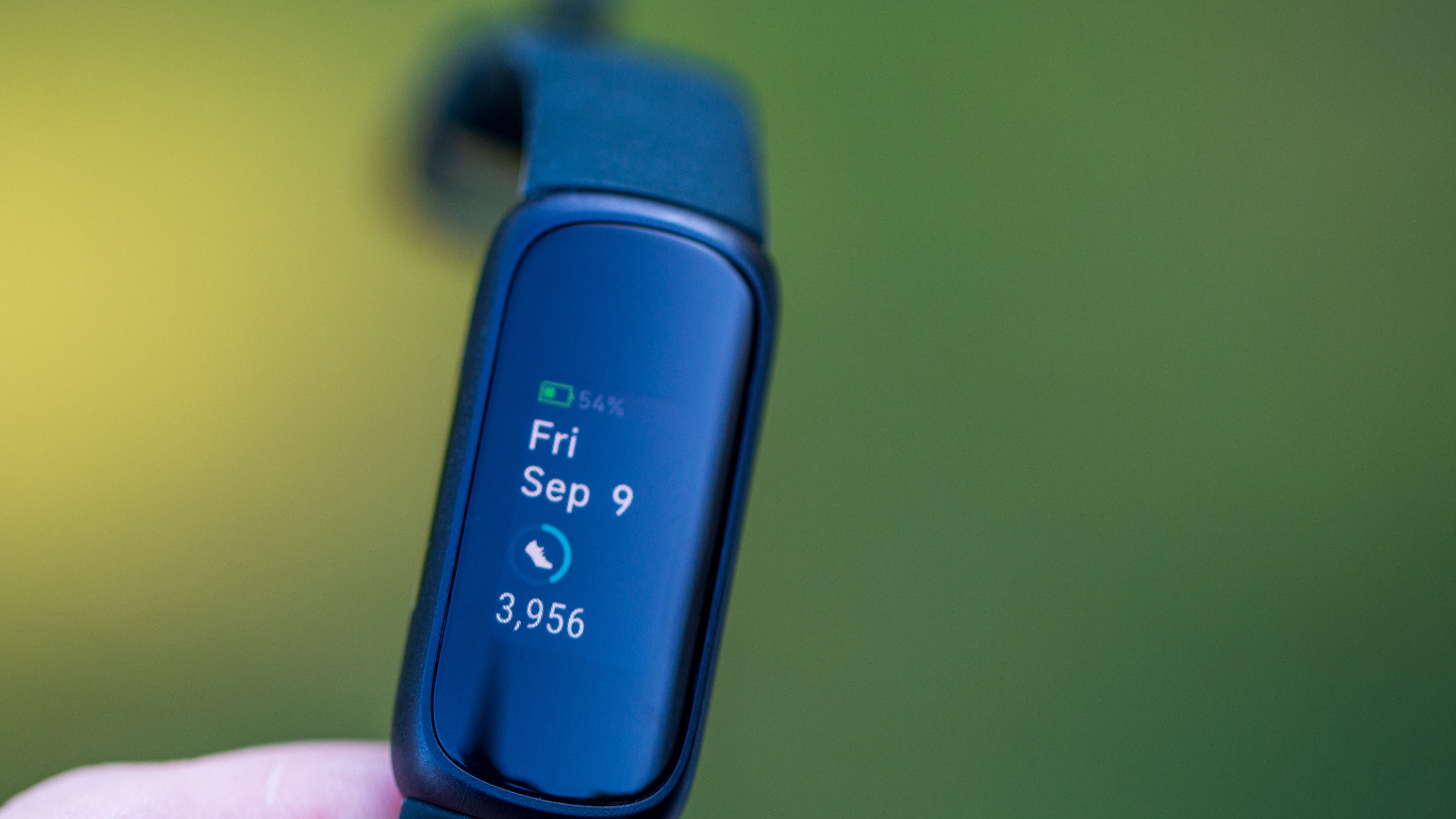
Both fitness trackers have the traditional long, rectangular touchscreen and come with silicone sport bands. You can also swap out the bands for other optional ones with both. The Fitbit Inspire 3 adds the interesting option of being able to clip it to a shirt, pocket, or even bra with an optional accessory clip, which is great for sports like weightlifting or boxing where you don’t want a tracker on your wrist getting in the way. Both also offer personalization through different clock faces.
The Fitbit Inspire 3 comes in Midnight Zen, Lilac Bliss, or Morning Glow, and, as noted, you can also opt for third-party bands as well as other accessories for securing it to your body or clothing. It’s smaller and slimmer than the Xiaomi Mi Band 7, so if you have small wrists or prefer a very compact design, you might want to opt for the Fitbit Inspire 3. In this review, Android Central’s Andrew Myrick says in his review of the Fitbit Inspire 3 that it is “extremely lightweight and comfortable,” admitting that he often forgot it was even on his wrist!
With an always-on color touchscreen and ambient light sensor, the Fitbit Inspire 3 offers a crisp and clear view of stats, active workouts, time and date, and more right from your wrist. You can choose from a small selection of clock faces, too, and it also has a side button for easier navigation and selection of menu items.

The Xiaomi Mi Band 7 has a stunning AMOLED, always-on screen with adjustable brightness up to 500 nits, which can work similarly to the ambient light sensor in the Fitbit Inspire 3, allowing you to view the screen in a variety of settings. Indeed, in his review, Android Central’s Harish Jonnalagadda says in his review of the Xiaomi Mi Band 7 that the increased brightness “makes a difference under harsh sunlight,” while he dubs the always-on mode an “excellent addition.” The advanced UI is said to highlight key information so that numbers, especially, stand out when you want to take a quick glance to see where you’re at each day.
While every model of the Xiaomi Mi Band 7 only comes with a basic black strap, you can choose from a variety of funky colors for the tracker itself, including classics like ivory, olive, orange, blue, black, and pink, as well as statement colors like neon green, neon orange, khaki green, and khaki blue. It also works with a variety of optional and colorful strap options, so you can really personalize the look.
Further, the Xiaomi Mi Band 7 works with more than 100 custom dynamic band faces, including your own imagery, like a favorite album cover. They range from minimalist to quirky, which really helps you make the tracker your own and show off your personal style.
Get the latest news from Android Central, your trusted companion in the world of Android
Fitbit Inspire 3 vs. Xiaomi Mi Band 7: Let’s break down the specs
There are some differences when it comes down to the core specs of these two entry-level fitness trackers. Let’s explore.
| Header Cell - Column 0 | Fitbit Inspire 3 | Xiaomi Mi Band 7 |
|---|---|---|
| Compatibility | Android, iOS | Android, iOS |
| Colors | Midnight Zen, Lilac Bliss, Morning Glow | Ivory, Olive, Orange, Blue, Black, Pink, Neion Green, Neon Orange, Khaki Green, Khaki Blue |
| Swappable Band | Yes | Yes |
| Battery Life | Up to 10 Days | Up to 14 Days (9 Days with Heavy Use) |
| App | Fitbit | Xiaomi |
| Heart Rate Tracking | Yes | Yes |
| Stress Tracking | Yes | Yes |
| GPS | Connected | Connected |
| Sp02 | Yes | Yes |
| Mindful Breathing | Yes | Yes |
| Sleep Monitoring | Yes | Yes |
| Swimproof | 5ATM | 5ATM |
| Phone Notifications | Yes | Yes |
| App Support | Yes | No |
| Size | 1.55 x 0.73 x 0.46 inches | 1.83 x 0.8 x 0.48 inches |
On the surface, it appears there are many similarities between these two trackers, which both have plenty of premium features you may come to expect with any basic fitness tracker today.
Fitbit Inspire 3 vs. Xiaomi Mi Band 7: Tracking fitness
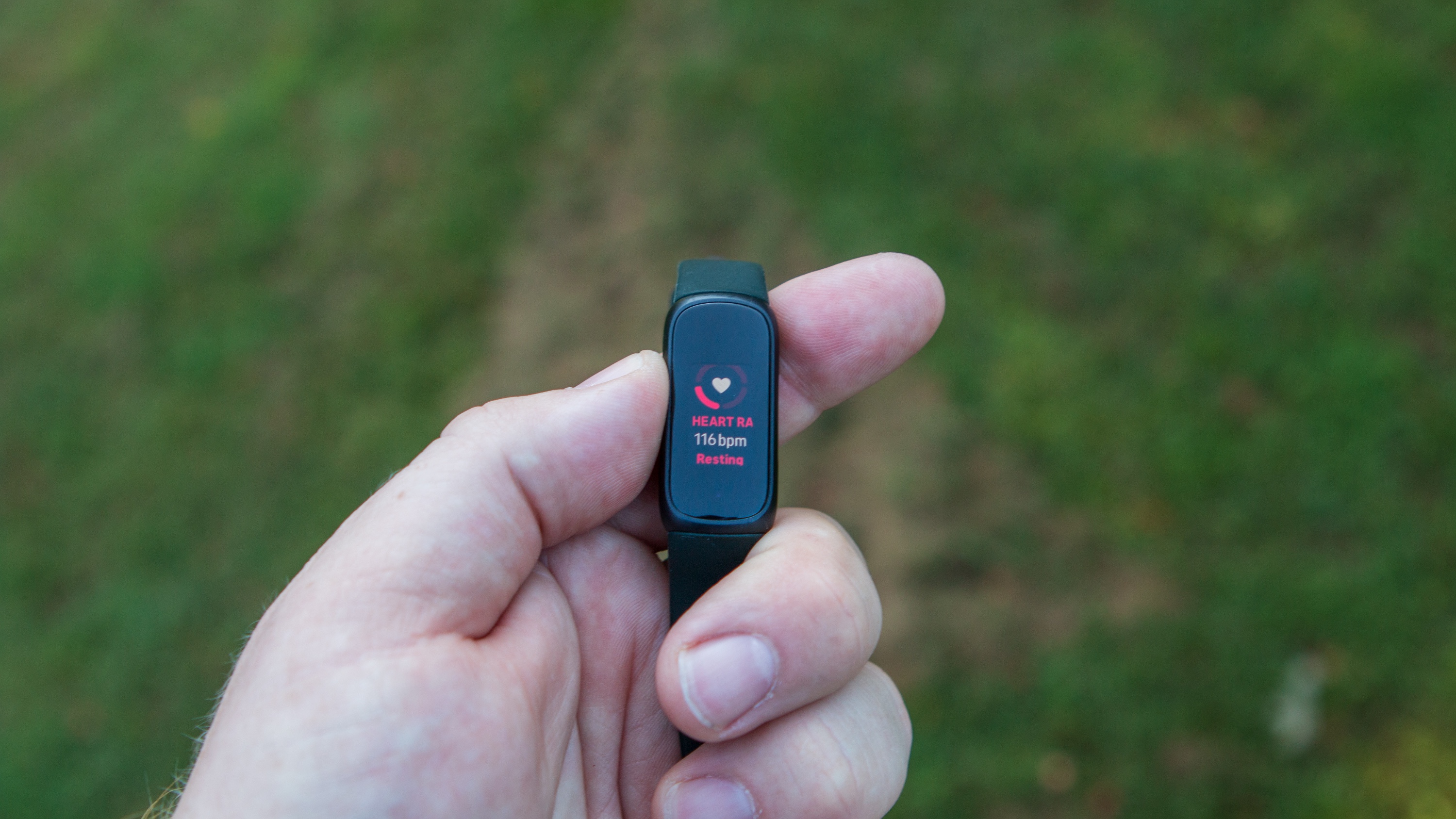
At the core of any fitness tracker is its ability to, well, track your fitness. But nowadays, owners want even more, including tracking all aspects that play into their health and wellness, including sleep, stress, heart rate, and even mindful breathing. Both these trackers accomplish that.
Working with the Fitbit app, the Fitbit Inspire 3 tracks everything you’d expect from a fitness tracker, including daily steps, calories burned, exercises, stress, heart rate, sleep, and more. In terms of exercises, you get a limited number from which to choose, including basic ones like walking, running, weightlifting, swimming, and more. AutoTrack automatically tracks common workouts, like walking or swimming, if you forget to initiate one manually, so you always get credit for the work you do.
It tracks 24/7 heart rate as well, providing notifications if it detects an irregular heart rate without justification (of course, your heart rate will go up while working out, for example). Conversely, you can also tap into mindful breathing sessions when you need to de-stress and calm down. With Active Zone Minute, you’ll know whenever you reach cardio, fat burn, or peak heart rate zones, which is a great way to monitor and adjust your exercise accordingly to maximize results and prevent burnout. You can also set the desired amount of Active Zone Minutes you want to get each day (or use the recommendations) and work towards achieving that.
Speaking of burnout, the Fitbit Inspire 3 also offers a Daily Readiness Score, which will advise each morning if you should relax, do a moderate workout, or if your body is in prime shape to push it to the max. However, keep in mind that this particular feature requires a subscription to Fitbit Premium. The Fitbit Inspire 3 does, at the time of this writing, come with a six-month trial with purchase.
Other fitness features included in the Fitbit Inspire 3 include cardio fitness score and reminders to move. It’s also water resistant with a 5ATM rating, so you can safely swim, take a shower, or go for a run in the rain with this tracker on your arm.
The robust online Fitbit community makes it easy to take on various challenges with friends, family, and even other like-minded individuals. You can also access tons of content in the app, including free workouts, nutrition advice, mindfulness exercises, and more. However, the options are limited if you don’t have a Fitbit Premium subscription.
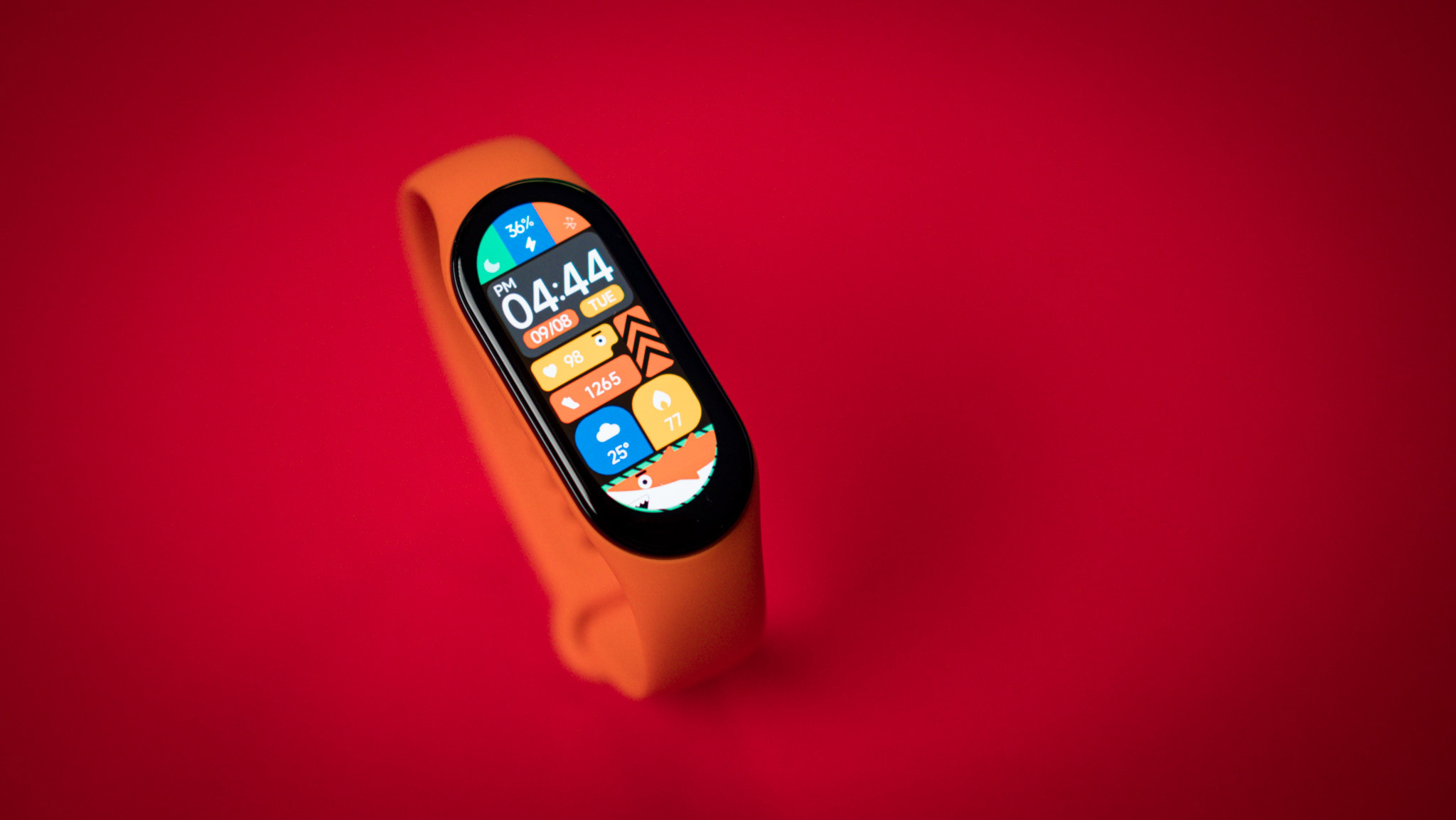
When it comes to fitness tracking, the Xiaomi Mi Band 7 is no slouch, either. You’ll get the usual stats like a daily step count, calories burned, and workout time.
It has many more specific sports modes – 110+, to be exact. This includes the usuals like walking, running, and swimming (it is also water-resistant with a 5ATM rating) as well as more specific ones like tennis, baseball, and even hula hoop. Whether it makes a difference when choosing the specific exercise or sport beyond being able to keep track of exactly what you did and when is unclear. Nonetheless, it’s nice for those who want to look back and see how often they played a particular sport, for example, and which ones got their heart rate going the most or burned the most calories.
Like the Fitbit Inspire 3, the Xiaomi Mi Band 7 does have auto-tracking for certain workouts, including outdoor running, walking, treadmill, rowing machine, and elliptical. For swimmers, it also has intelligent recognition of four common swimming styles, which is a nice touch if you’re an avid swimmer.
You’ll get features like a recommended interval recovery, similar to Fitbit’s Daily Readiness Score, except here, you don’t need to sign up for any subscription service in order to access it. Also, with 24/7 heart rate tracking, the Xiaomi Mi Band 7 will simply vibrate if your heart rate falls outside of a safe zone to advise you.
You won’t get any workouts or other exercises in the app. But the Xiaomi Mi Band 7 does have a new feature called Competition that lets you set daily exercise goals (you can do this with the Fitbit app as well) and invite friends to compete in workout achievements. This would require, of course, having friends, family members, or co-workers who also own a Xiaomi Mi Band 7. With Fitbit having a much larger user base, you’ll have a better chance of collaborating with that band unless you specifically know of others who will be getting the Xiaomi band, too.
If you do, however, know others within the Xiaomi ecosystem, you can also do things like share workout plans, which is great for a group looking to do an exercise program together. There are elements of gamification as well, with the ability to earn extra points when you reach preset goals.
You’d expect Fitbit to be the more reliable tracker in this space. Still, in his tests, Jonnalagadda compared the results he received from the Xiaomi Mi Band 7 with that of an Apple Watch Series 7 and found only about a 15% variance between the two. While you might not get highly accurate workout data as you would with the Fitbit Inspire 3, for getting a general idea of your workout stats, it will do just fine.
Fitbit Inspire 3 vs. Xiaomi Mi Band 7: Tracking other health and wellness stats

Fitness trackers nowadays are about more than just working out. Whether or not you exercise, it’s important to learn more about other aspects of your health and wellness.
Along with detailed sleep tracking, including stages like light, deep, and REM, with the Fitbit Inspire 3, you also get cool new Sleep Profiles with a Premium subscription. These compare your sleeping patterns to that of a cute animal and its typical sleeping pattern. For example, if you tend to keep a consistent bedtime that isn’t too early or too late, fall asleep soundly pretty quickly, and get a decent amount of sleep each night but lack in REM, you will be likened to a parrot.
Additional health and wellness features with the Fitbit Inspire 3 include stress management score (Premium required), skin temperature variation, 24/7 heart rate, Sp02 blood oxygen saturation monitoring, and menstrual health tracking.
The Xiaomi Mi Band is comparable in this space, with detailed sleep tracking and stages as well. You’ll also get female health management, personal activity index, stress level monitoring, all-day SpO2 monitoring, and deep breathing exercises.
Fitbit Inspire 3 vs. Xiaomi Mi Band 7: Other things worth noting

With both trackers, you will receive smartphone notifications as well, but with the Fitbit Inspire 3, you can use quick replies to respond with a preset message when using a compatible Android device. The Xiaomi Mi Band 7 does not have any actionable features for messages.
Both also sport connected GPS, which means you have to bring your phone along with you if you want to track a specific route for a walk, run, hike, or cycle.
You’ll also get useful features like find my phone, timer, silent mode/do not disturb, and more with both. The Xiaomi Mi Band does have a weather forecast option, but you cannot access other apps with it. You can’t download other apps to the Fitbit Inspire 3 either, but it does offer notifications from apps beyond just incoming calls and text messages. You can connect apps like MyFitnessPal, for example, or even Peloton.

One of the standout features of the Xiaomi Mi Band 7 is that it has a much longer battery life at a full two weeks before it needs recharging compared to 10 days with the Fitbit Inspire 3. Keep in mind, however, that with heavy usage, the Xiaomi Mi Band 7 will need to be recharged every nine days or so. This makes battery life a wash between these two devices for anyone who will be using them extensively to track workouts, receive notifications, and more.
Jonnalagadda even notes that the always-on mode with the Xiaomi Mi Band 7 significantly contributes to depleting the battery faster than stated, with battery life in his tests falling to under four days (though he finds the benefits of using always-on outweigh the need to charge more often.)
Fitbit Inspire 3 vs. Xiaomi: Which should you buy?

The Fitbit Inspire 3 might seem like the obvious choice when looking at the Fitbit Inspire 3 vs. Xiaomi Mi Band 7. And, for the most part, it is. You’ll get much more reliable tracking across the board thanks to Fitbit’s long history in the business, along with the power of Google behind it. You’ll get one of the best apps in the business with tons of added content. And you’ll get a solid tracker for workouts, daily stats tracking, notifications, and more.
But in order to get access to a lot of the added value features that Fitbit Inspire 3 offers over and above the Xiaomi Mi Band 7, you need to subscribe to Fitbit Premium. Sure, the tracker comes with a half-year trial. But when that trial is up, and you have grown used to things like Daily Readiness Score, Sleep Profile, and access to tons of workouts, it means forking over a recurring fee to continue.
With the Xiaomi Mi Band 7, which Jonnalagadda calls one of the best fitness trackers in the $50 space in his detailed review, you’ll get tons of great features with no added cost. If you want to be able to track a wide range of specific exercises and sports as well, from fishing to rock climbing, parkour to even pole or square dancing, the Xiaomi Mi Band 7 has you covered, and you’ll find a much wider and diverse variety beyond the basics. So, it’s not an option you should completely rule out.
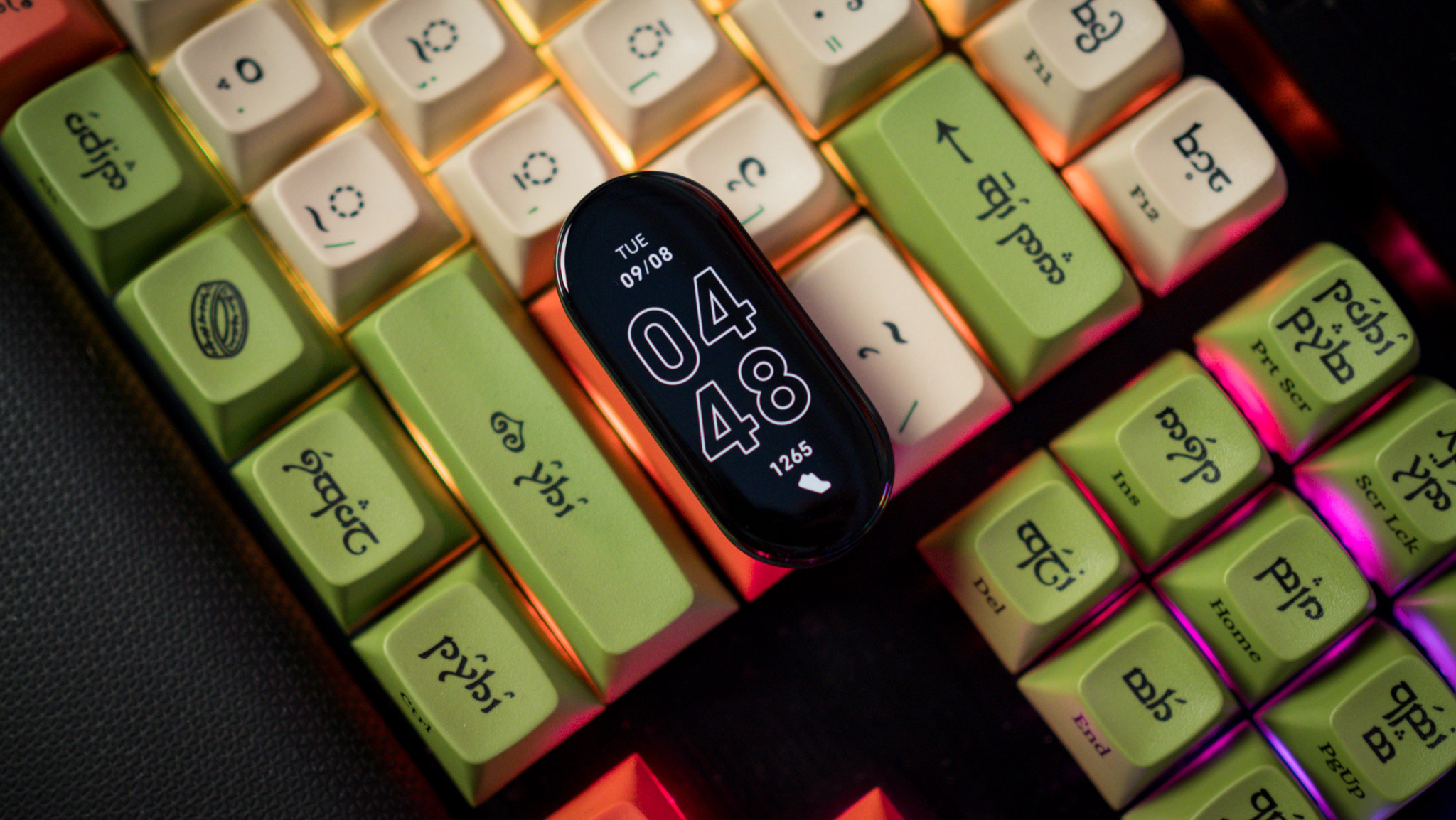
At twice the price of the Xiaomi Mi Band 7, the Fitbit Inspire 3 is worth it if you know many people with Fitbits who want to do daily or weekly challenges or be able to compare stats, apples to apples. You’d be surprised how important collaborating with others can be to your overall health and wellness goals.
But if this is not really a primary concern and you just want a basic entry-level fitness tracker to keep on top of heart rate, workouts, sleep, and more, the Xiaomi Mi Band 7 is not a bad first option. You may find you need to upgrade after you get used to the idea of having a fitness tracker and want to get more out of it. But for a starter fitness tracker, the Xiaomi Mi Band 7 is a good option. If you have the extra dough to spend, however, the Fitbit Inspire 3 is a better option of the two based on the brand’s longevity in the business, robust app and community, and reliability when it comes to everything from heart rate to sleep monitoring.
Once you feel you’re ready to move up in the world of fitness trackers, check out our picks for the best fitness trackers that include some pricier but more feature-rich options.

Good value for dollar
For its pretty low price, you get a great entry-level fitness tracker that gives you access to all the top Fitbit features you know, love, and have come to expect. The only downside is that you need a Fitbit Premium subscription to get the most out of it. But with the six-month trial included with purchase, there’s enough time to decide if you really need it.

Best cheap tracker you can buy
If you’re really on a tight budget and you aren’t tied to the Fitbit ecosystem, or if you know others with the Xiaomi Mi Band 7, there are some great gamification and competition features to leverage along with a unique set of every workout or sport imaginable with this tracker. Beyond that, it’s a great little tracker that won’t set you back a lot of money but still provides everything you’d need in an entry-level, ultra-affordable option.

Christine Persaud has been writing about tech since long before the smartphone was even a "thing." When she isn't writing, she's working on her latest fitness program, binging a new TV series, tinkering with tech gadgets she's reviewing, or spending time with family and friends. A self-professed TV nerd, lover of red wine, and passionate home cook, she's immersed in tech in every facet of her life. Follow her at @christineTechCA.
